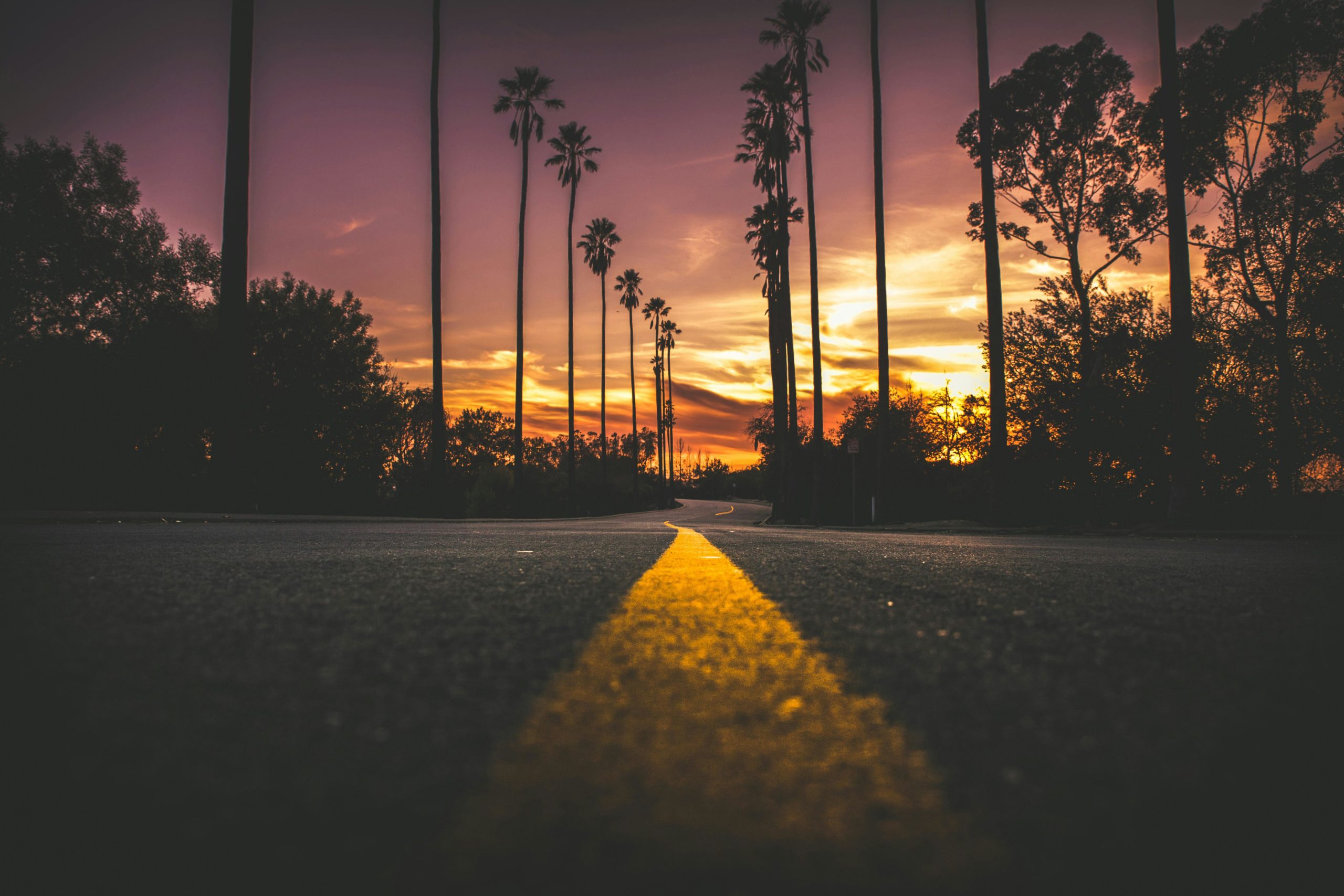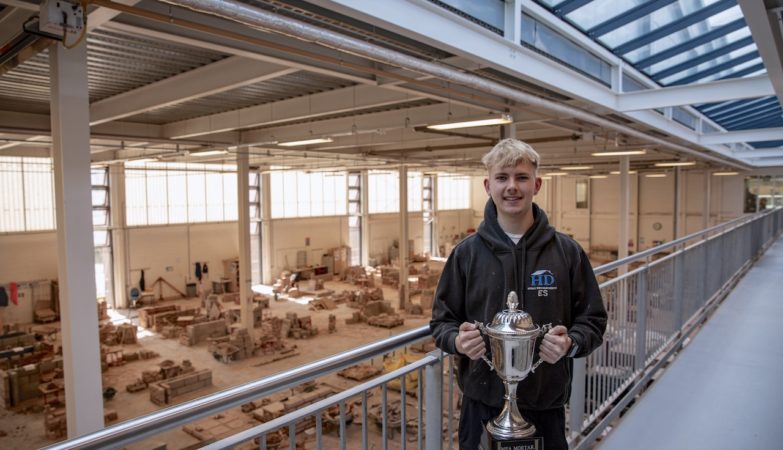 A national park is usually a part of a nation preserved and protected due to its unusual natural beauty. National parks are, by their very nature, pleasant places and always well worth a visit. In a country as naturally beautiful as Iceland, it stands to reason that the national parks are even more special.
A national park is usually a part of a nation preserved and protected due to its unusual natural beauty. National parks are, by their very nature, pleasant places and always well worth a visit. In a country as naturally beautiful as Iceland, it stands to reason that the national parks are even more special.
Iceland has three national parks in the west, the southwest and the southeast of the country. Each is totally unique and each holds a special place in people’s hearts.
There used to be four Icelandic national parks, but two of them were merged and expanded to form the single biggest national park in Europe – the Vatnajokull National Park.
Covering 11 percent of Iceland, the Vatnajokull National Park encompasses an unrivalled variety of landscapes and ecosystems, from Europe’s largest glacier (in its entirety) to active volcanic areas, immense waterfalls and lush reindeer grazing grounds.
The national park is so large and varied that Iceland’s highest and lowest spots fall within its boundaries – as do Iceland’s warmest and coldest places and Iceland’s wettest and driest locations!
On the other side of the country lies the Snaefellsjokull National Park, miniscule in comparison to Vatnajokull – but no less beautiful. Snaefellsjokull is a tiny, ice cream shaped mountaintop glacier visible from Reykjavik on the clearest of summer days. The glacier is said to be at the meeting point of ley lines and the most mystical place in Iceland.
The glacier was the starting point for Jules Verne’s Journey to the Centre of the Earth and the surrounding national park is among the most relaxing, pleasant and beautiful countryside in Iceland. Snaefellsjokull is the country’s only national park to extend all the way to the seashore and the setting for some of the most memorable of the Viking sagas.
Finally there is Thingvellir National Park, a site of unrivalled human history and geographical intrigue.
Thingvellir is Iceland’s oldest national park as it is the birthplace of the Althingi – the world’s oldest parliament which still governs Iceland today from its new home in Reykjavik. Thingvellir is the place the new Icelandic republic was declared in 1944. It would not be an exaggeration to say that nearly all the notable events of Icelandic history before 20th century took place at Thingvellir. They even used to drown “witches” there.
Thingvellir is a UNESCO World Heritage Site and is home to Iceland’s largest lake and an impressive canyon where the Eurasian and North American tectonic plates are literally tearing the earth apart. The park has a huge variety of bird, plant and animal life as well.
Icelandic national parks are open all year round, but their beauty and accessibility are never better than right now in high summer. While the wild flowers bloom, the glacial melt water turns rivers to raging torrents and the night sky won’t go dark at all until the end of July, the parks’ shops, museums, guides and other facilities are working at full steam. More information at www.visiticeland.com







